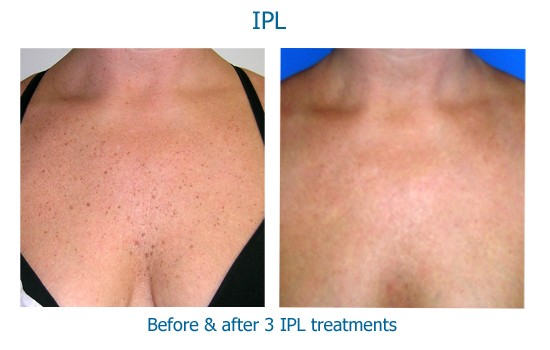Pigmentation Problems
Melanin is the substance produced in the skin that gives it its color and it's levels are determined by genetics and sun exposure. Chronic sun exposure, hormones. inflammation and skin injuries can all cause problems with irregular melanin production in any skin type, but some types of irregular pigmentation are found most commonly in people with skin that can tan easily.
Brown spots, also known as sun or age spots, are usually small, dark patches caused by previous chronic sun exposure and are found in every skin type. In lighter skin, they're usually easily removed with Intense Pulsed Light (IPL), and in darker skin, with Q-switched laser treatments, chemical peels and/or prescription topical skin products.
Melasma presents as patches of dark pigment found on both sides of the face, usually in women, and is often triggered by hormone changes. Treating melasma usually requires a long-term, multi-pronged approach but it can usually be improved and maintained with a consistent skincare program, chemical peels, and sometimes Q-Switched laser treatments.
Post-Inflammatory Hyperpigmentation (PIH) is a darkening of the skin that develops as it heals from an injury and even an injury that only produces initial redness can develop PIH. It can often be faded with prescription-strength skin lightening products and IPL treatments (if the skin doesn't tan extremely easily).
A loss of pigment in the skin that causes white spots can be due to an injury, sun damage, scarring, or an autoimmune disorder like vitiligo. Sometimes Profractional treatments can restore lost pigment when due to scarring.
At Skinspirations we have the experience and the most effective devices to treat hyperpigmentation of all types.
If you are interested in learning more about how to reduce hyperpigmentation, schedule a complimentary consultation by registering online here or by calling our office at 727-571-1923 or texting us at 727-263 4798.




